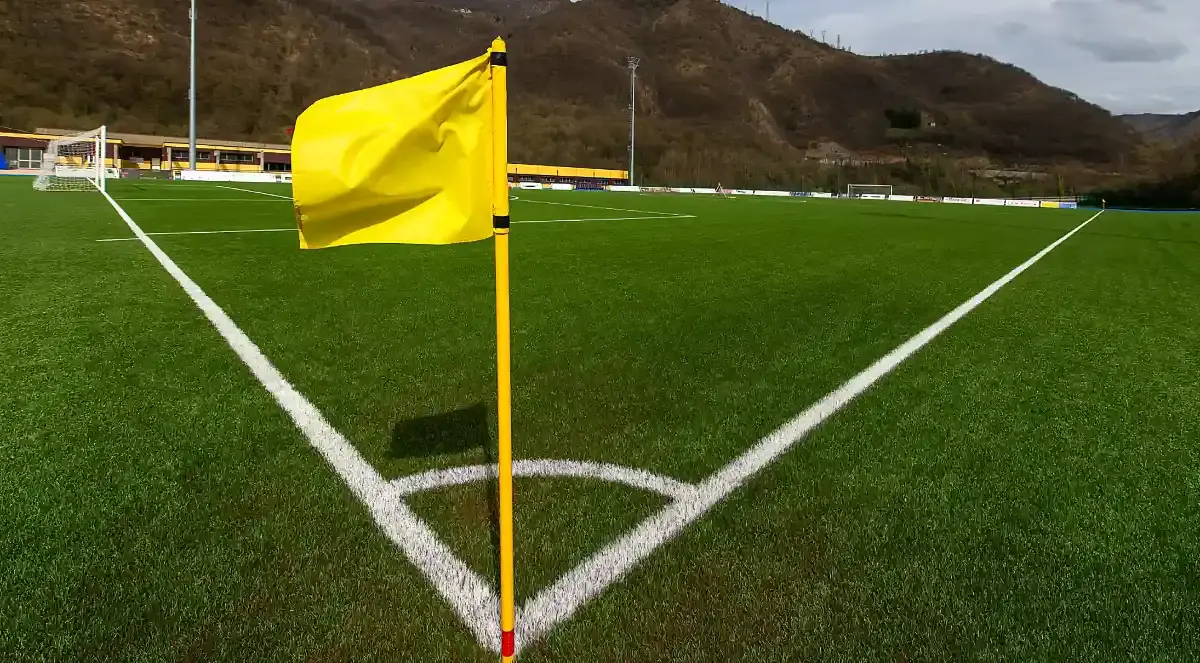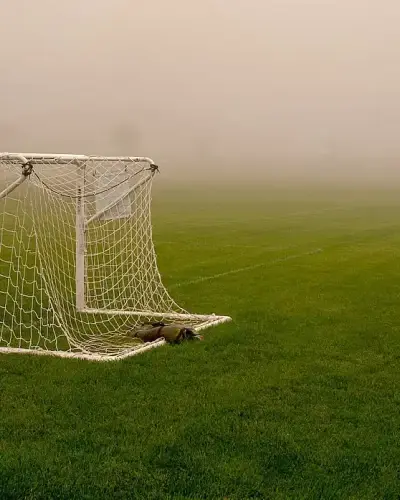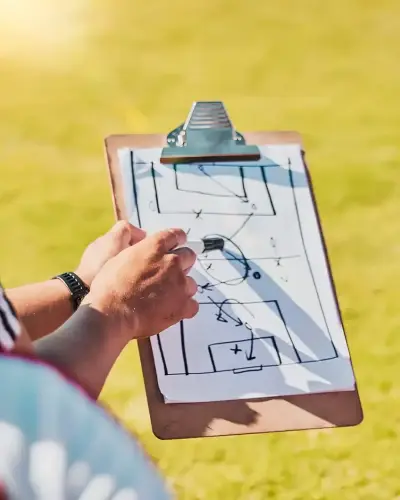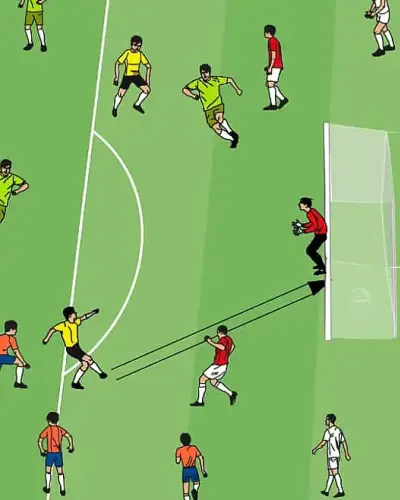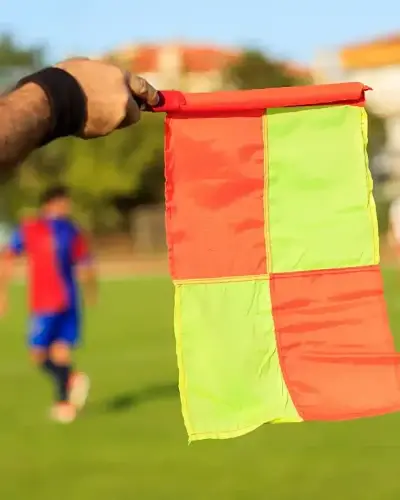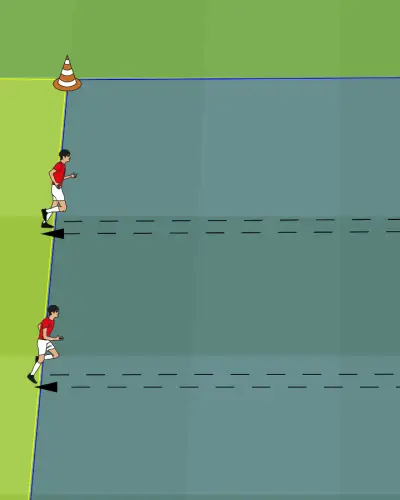The Corner Flag – An Essential Part of Football
The corner flags stand at all four corners of the football pitch and are an integral part of the game. They are not just decorative—they serve an important function and, according to the rules, must not be removed during a match.
While the exact origins of corner flags are unknown, the rules for corner kicks date back to 1857-1877, when the "Sheffield Rules" were introduced in England.
Purpose of the Corner Flag
Corner flags primarily mark the four corners of the pitch, but they also help players and referees make key decisions:
✔ Determining ball movement:
- If the ball crosses the goal line after touching an attacking player → goal kick for the defending team.
- If the ball crosses the goal line after touching a defender → corner kick for the attacking team.
✔ Aiding referees and players:
- In tight situations, the flag helps determine whether the ball has crossed the touchline or goal line.
- Attackers can use the flags for spatial awareness, deciding whether to play a long pass or attempt a different move.
✔ Influencing set-pieces:
- Corners are one of the most dangerous set-pieces in football.
- The phrase “A corner is half a goal” highlights their impact.
Characteristics of a Corner Flag
✔ Height requirement:
- The DFB (German Football Association) regulations state that corner flags must be at least 1.50 meters high to prevent injuries.
✔ Material:
- Modern corner flags are made of flexible plastic, while older versions were wooden.
- Some flags feature hinges that allow them to bend when hit, then automatically return to position.
✔ Colors:
- Traditionally red, yellow, or red-yellow checkered.
- Nowadays, they can have club logos or other colors.
Rules Regarding Corner Flags
✔ The corner flag must not be removed during play—even when a corner kick is taken.
✔ If the ball bounces off the flag and stays in play, the game continues.
✔ Referees check corner flags before kick-off to ensure they meet regulations.
Beyond their practical use, corner flags have also become part of goal celebrations. Many players use them as props to dance around after scoring, turning them into a symbol of victory and joy.
Though often overlooked, the corner flag remains an indispensable part of every football match.
